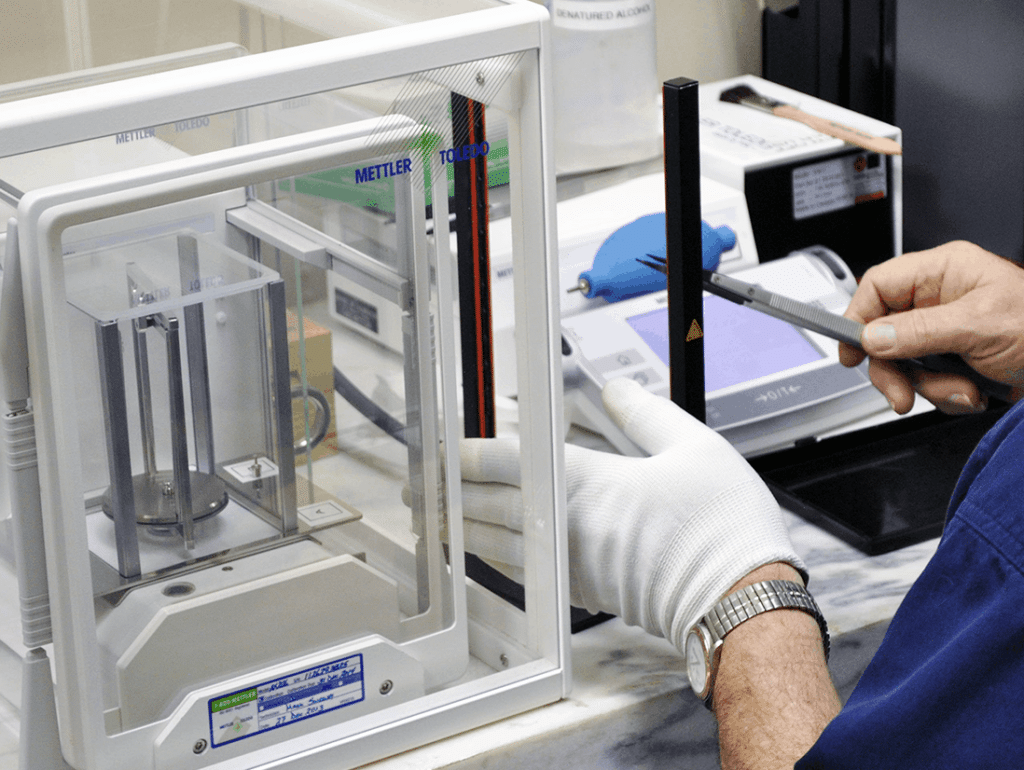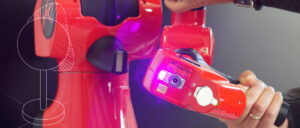Metrology Glossary: Calibration
What Is Calibration?
Calibration involves the comparison of a measuring instrument with a known accurate standard to identify any discrepancies and make necessary adjustments. This procedure guarantees that the instrument provides precise measurements within a specific range. For instance, a scale’s accuracy can be verified by calibrating it at its minimum, midpoint, and maximum capacities, ensuring precise weight measurement across its complete range.
Why Is Calibration Important?
Calibration ensures quality and efficiency across many industries. Below is a list of just a few examples of why calibration is important:
- Medical Devices: Calibration of medical tools such as thermometers and glucometers is vital for precise readings, ensuring accuracy in diagnosis and treatment planning.
- Analytical Equipment: Calibration is crucial for laboratory instruments such as spectrometers, analyzers, pH meters, and more to maintain accuracy in chemical measurements for research, quality control, and environmental monitoring.
- Manufacturing and Quality Assurance: Calibration is used in manufacturing processes, guaranteeing consistent accuracy in critical measurements such as dimensions, pressure, and temperature for high-quality products.
- Construction and Inspection: Calibration of construction tools such as micrometers and level gauges prevent structural defects and safety hazards, ensuring precision in building structures and projects.
- Scientific Research: Calibration of scientific instruments such as microscopes, oscilloscopes and more enhance the credibility of research by ensuring reliable data and accurate experiments.
- Industrial Automation: Calibration of industrial sensors and control systems optimizes resource utilization, preventing malfunctions and minimizing production downtime.

Related Terms
Calibration error refers to the variation observed between the recorded output of a properly calibrated instrument and the factual measurement of the target quantity....
A calibration curve serves as a visual representation that illustrates the connection between the recorded response of a measurement instrument and the authentic numerical value of the targeted quantity....
Precision refers to the extent to which multiple measurements of a particular quantity closely align with each other....










